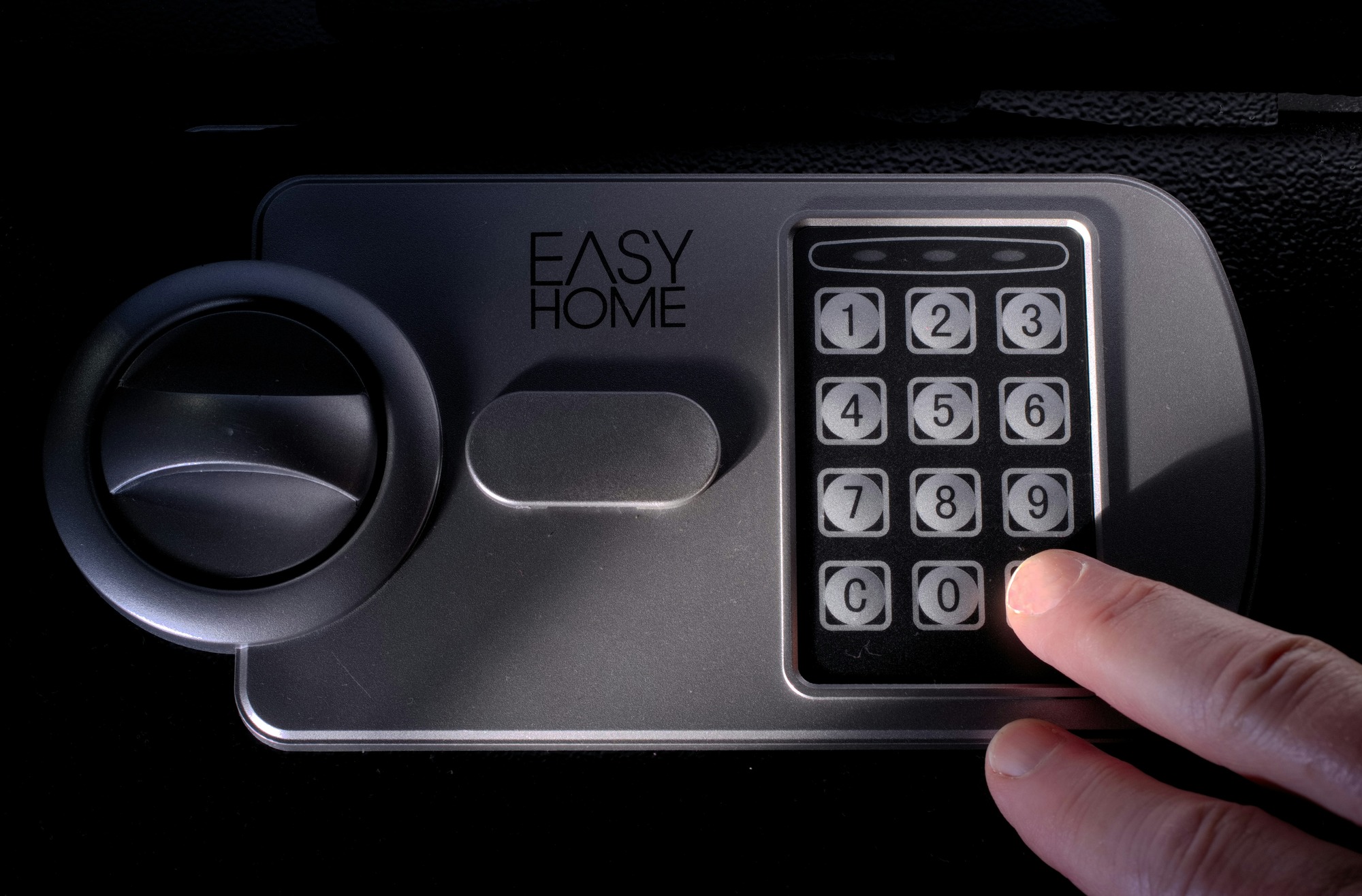
Hiding money around the house might seem like a clever idea, but many common hiding spots are actually the first places a thief would check. Worse, some spots leave your cash vulnerable to damage from fire, flooding, or even just everyday accidents. If you want to truly protect your savings, it’s crucial to know not just where to hide your money but where not to.
Here’s a look at some of the worst places to stash your cash and why they could end up costing you more than you realize.
Under the Mattress
It’s the oldest trick in the book, and everyone knows it. Hiding money under the mattress might feel secure because it’s close at hand, but it’s one of the first places a burglar will check. Beyond the obvious risk of theft, money stored here is vulnerable to fire, water damage, and simple wear and tear. If your goal is to keep your cash safe, this old-school method simply doesn’t hold up anymore.
Inside a Book on the Shelf
Tucking bills inside a book or hollowing one out seems like a clever hiding strategy…until you realize how common it is. Burglars often flip through books or sweep entire shelves into bags, checking them later at their leisure. There’s also the danger of accidentally donating or discarding the wrong book without realizing it contained your savings.
In the Freezer
Some people wrap their money in foil or plastic and hide it in the freezer, thinking the cold will keep it safe. While this might have worked decades ago, it’s now a well-known hiding spot. Experienced thieves check freezers because they know homeowners often hide valuables there. Plus, if your freezer fails or leaks, you could end up with soggy, ruined bills.
In the Toilet Tank

Another so-called “clever” hiding spot, the toilet tank, can actually be a risky place for your cash. Professional burglars know to look inside bathroom fixtures, and the constant moisture from the water tank can easily damage your money over time. Even if it stays dry, the idea of retrieving your savings from a toilet isn’t exactly appealing.
In a Dresser or Desk Drawer
Drawers are convenient, but they’re also obvious. Thieves routinely pull out dresser drawers and desk compartments because people tend to stash valuables there for easy access. If your hiding spot requires no effort to discover, it won’t stand a chance against someone determined to find it.
Inside Easily Movable Items
Stuffing cash into vases, decorative boxes, or stuffed animals might seem creative, but lightweight, hollow items are prime targets during a robbery. Burglars often pick up and shake items to see if anything falls out or sounds suspicious. If it’s easy to grab and inspect, it’s easy to lose.
Behind Picture Frames
Sliding money behind a picture frame feels discreet, but it’s actually one of the most commonly checked hiding spots. Artworks and mirrors are easy to move, and burglars know they often conceal safes or hidden compartments. Unless the frame is exceptionally well-secured or disguised, it won’t do much to protect your stash.
Why Choosing the Right Spot Matters
Bad hiding spots don’t just put your money at risk of theft—they also increase the chances of damage from accidents like fire, flooding, or household mishaps. Even worse, you might hide your cash so well that you forget where you put it or accidentally throw it away during a cleanout.
If you truly need to keep cash at home, the best option is to invest in a small, fireproof safe that’s bolted securely to the floor or wall. Even then, it’s smart to limit the amount of cash you keep on hand and store larger sums in a protected, insured bank account. Protecting your money isn’t about being secretive. It’s about being strategic.
Have you ever hidden money somewhere and completely forgotten about it or discovered someone else’s stash years later? What’s the strangest hiding spot you’ve ever heard of or used?
Read More:
Conversations With A Burglar: Or Where NOT To Hide Money In Your Home
More Conversations With A Burglar: Where You SHOULD Hide Money In Your Home
Burglars Love When You Leave These 8 Clues That You’re Out of Town
Safe and Sound: 15 Clever Spots to Hide Your Valuables Where Burglars Never Look
Riley Jones is an Arizona native with over nine years of writing experience. From personal finance to travel to digital marketing to pop culture, she’s written about everything under the sun. When she’s not writing, she’s spending her time outside, reading, or cuddling with her two corgis.
Comments